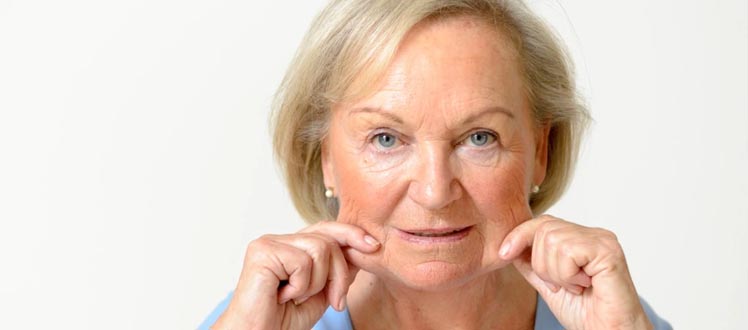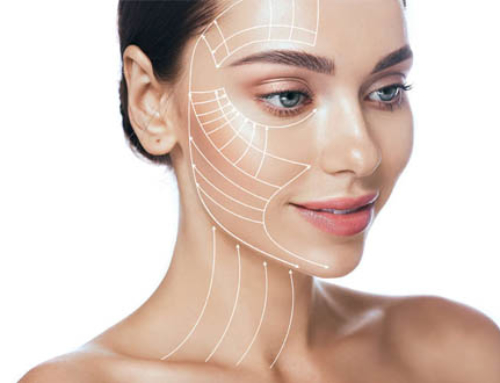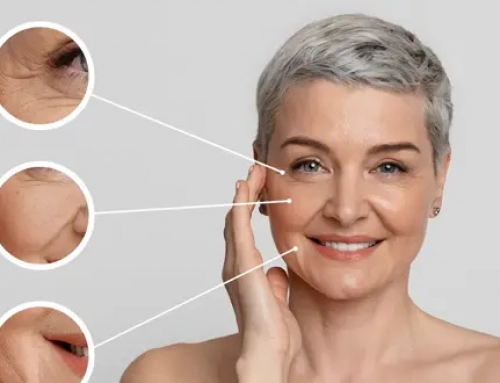The request for facial and neck rejuvenation treatments has increased, but it differs from what patients wanted previously. Patients are expecting a natural look, with a simpler and shorter recovery. Facial rejuvenation procedures are performed on younger patients nowadays, starting from the age of 40 for facelifts.
Treating the lower third of the face can be done in two different ways, through non-invasive treatments and face lift surgery. These two approaches can be combined for more comprehensive results.
What is the face and neck lift ?
‘Lift’ refers to skin removal techniques intended to treat age related skin laxity, by restoring a normal tension in the skin and underlying muscles. The face and neck lift treats the neck and lower third of the face, which includes the cheeks, jowls and neck.
The goal is not to tighten tissues as much as possible. The natural appearance of the face is preserved and rejuvenated to avoid changing facial expressions. This procedure offers long lasting and significant improvements.
When should you request a face and neck lift ?
This procedure aims at treating skin laxity above all. It can lift up the cheekbones and remove skin folds in the neck area. However, it does alleviate static wrinkles such as nasolabial folds, which need a complementary treatment (Hyaluronic acid injections or fat grafting).
What you can expect from a face and neck lift
This face lift is the perfect approach to restore facial roundness and tone up the neck. The rejuvenating effect can be visible shortly after the operation.
What age is ideal to benefit from a face and neck lift ?
This lift has to be done at the right time, not too late and not too soon. When it is done too soon, skin laxity is mild and does not justify a lift. In this case, non-invasive treatments are more suited.
On the other hand, this lift cannot be done too late, because skin has to be elastic enough to offer a satisfying result.
On average, patients are 50 years old when undergoing their first face lift and their second lift can be done 15 years later. There exceptions, such as premature skin laxity






